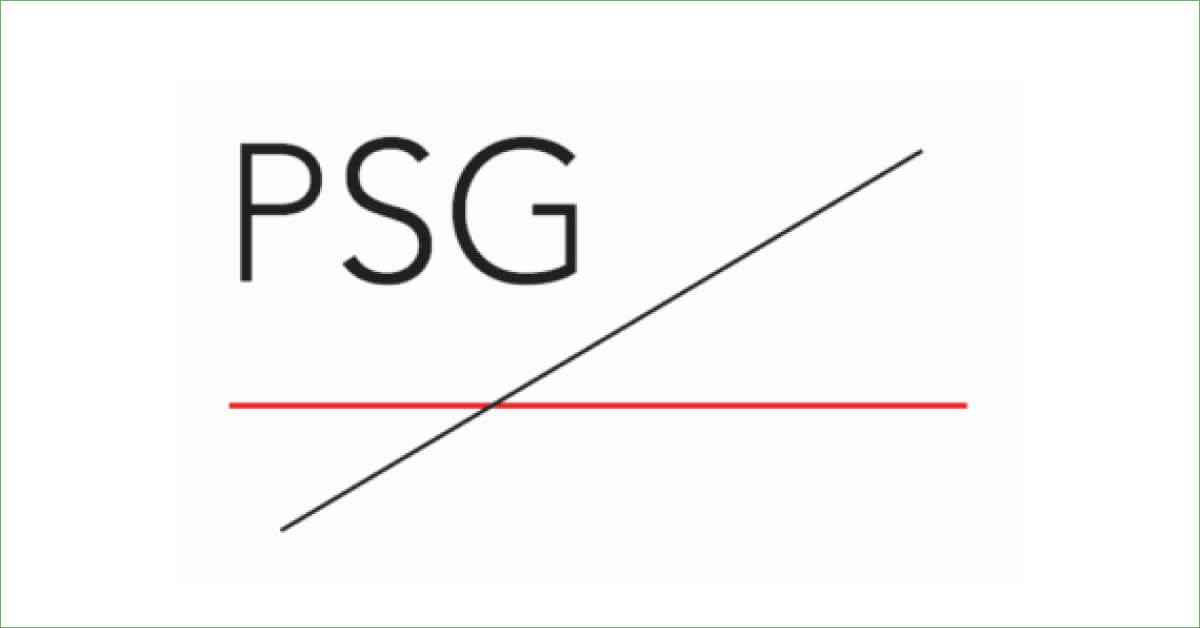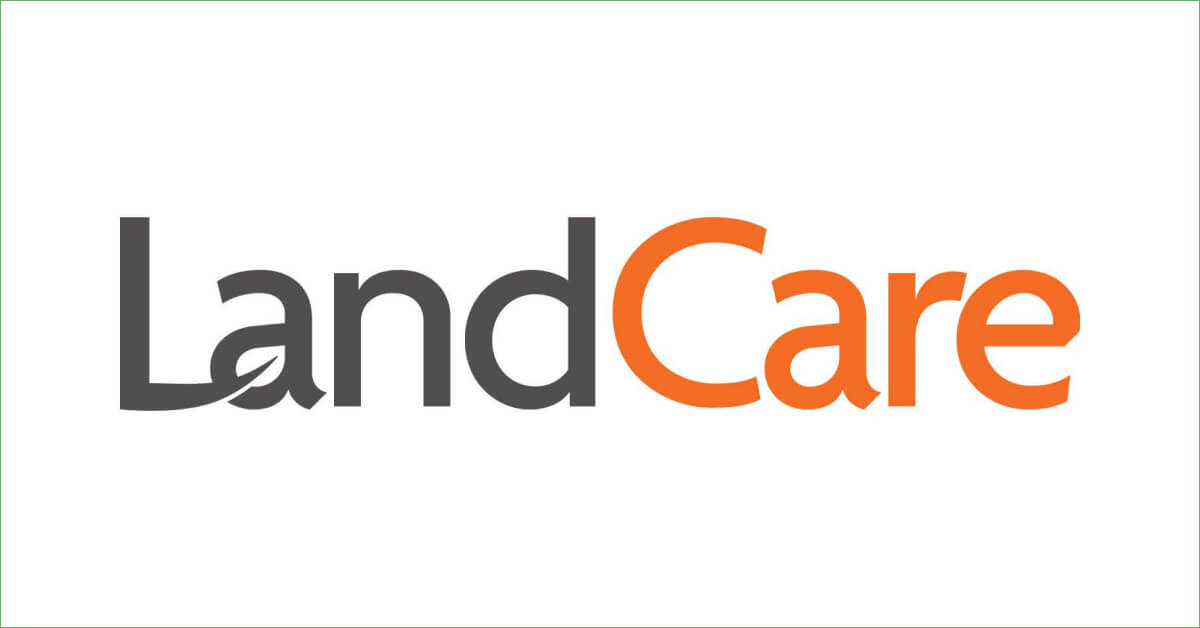In the past 30 years, many shifts have occurred, changing how we process account payables and these advancements are continuing.
One thing, however, that remains constant is that everyone still must pay invoices and they desire to do so accurately and efficiently.
In the 1980s, when Gary Halleen first began working in the accounts payable industry, businesses were handwriting purchase orders, manually matching documents and storing everything in file cabinets.
The entire process was slow, time-consuming and prone to errors, but that was the way industry worked in the pre-technology era.
Even getting something approved took multiple days, since it involved moving papers from one basket to another and waiting for each person to sign off on their part.
Invoices were lost and accruals were difficult.
In addition to this manually-intensive work, businesses faced a problem common to offices in the 1980s. Paperwork had to be shuffled all over the organization, which took up precious labor resource.
Early payment discounts were being missed. Duplicate payments were being made, resulting in paying post audit recovery companies to find and undo the mistake.
All that paperwork also had to be stored in filing cabinets, which meant numerous multi-drawer pieces of furniture took up valuable workspace.
When it came time to locate a document, sometimes employees spent hours searching, only to find it was gone. As a result, companies lost money and worker morale dropped, leading to even more errors and costs.
Halleen and his colleagues saw a situation desperately in need of improvement.
What a difference 30 years makes. If paper is received it is captured and converted to images. The result is that paper, file cabinets, lost documents and mundane repetitive labor has been eliminated.
Enter Computer Automation
Halleen was the perfect person to see that the back offices of companies needed to have its processes automated to create efficiencies.
He began his business career as product development manager for 3M, a leader in technology solutions. Halleen was part of a group known as the “Office of the Future,” which included 3M’s technology brain trust.
Once each month, this group would meet and come up with ways that back office processes could be automated. This work was an early-stage version of the automation that businesses use today.
Advances in technology have made automation solutions affordable and widespread.
Following this, Halleen founded Com Squared Systems, a company which specialized in eliminating the cumbersome “paper in, paper out” systems that so many used at that time.
These early software solutions were still labor intensive, however, requiring workers to spend hours manually inputting information and printing it out to mail for approval. The cost of processing each invoice was exorbitant compared to the costs businesses face for the same process today.
“When you looked at the cost of an invoice in those days, you looked at it starting with the mail room, people received the mail and then distributed it to people opened it and moved it to other people who often went to copiers and made copies of it, filed it, marked it up, sent it on to somebody else via fax or mail,” Halleen says. “It was very labor intensive and many file cabinets got filled with the same documents.”
Accounts Payable – The Digital Era
The 90s brought technology to offices, starting with the replacement of paper-based file cabinets with optical disk storage.
But despite the fact that employees could pull a file from a computer or optical disk and email it to someone, paper-based files were still in heavy use due to disk storage costs still being relatively expensive.
“There was a lot of distrust in the internet and of course, security was starting to become a concern and there was no security in those days,” Halleen recalls. “And it was very slow. There were just a lot of things that caused people to be reticent.”
What a difference 20 years makes. Computers are talking to computers. Computer data that was printed is sent electronically so paper is never created.
In 1998, Halleen founded API Outsourcing (API) and Centreviews based on cloud based technology platform and the trend to outsource more functions of a company to provide the automation on a transaction basis. Two major factors made the late 90s the perfect time to introduce this type of technology to businesses: the internet was gradually becoming much more reliable and Adobe provided gave businesses the ability to easily create PDFs that could be viewed on any computer. A full decade later, the business world began embracing the term “cloud technology,” which API had been offering since 1999.
What a difference 10 years makes. In the first decade of the new millennium, people were using less paper but were still manually routing information to people via email.
The Robotic Processes and Artificial Intelligence Era
Now the combination of artificial intelligence (AI) and robotic process automation (RPA) is in the second decade of the millennium work flow technology is prevalent.
The technology is taking over the routing decisions and execution of getting the right information to the right people. Computers communicate with each other eliminating some of the capture work.
What a difference the second decade of the millennium is experiencing. Work flow technology is becoming widespread. Technology is enabling one person to take over the tasks of several people through robotic process automation.
Thirty years have taken accounts payable from paper-based accounting services to robotic process automation, with all the steps in between. Like many in his field, Halleen is excited to see the next era of accounting and finance automation.
“The next step that’s going to occur is that another wave of technology will provide low-cost artificial intelligence,” Halleen says. Decision making will be done more and more by computers. Accounts payable processes that fit within appropriate parameters will be processed and paid without any human intervention. Evolution is the thing that you absolutely have to be on top of because things will always change. Nothing stays static. And in this day and age, because of the rapid change in technology, it happens so fast.”


















